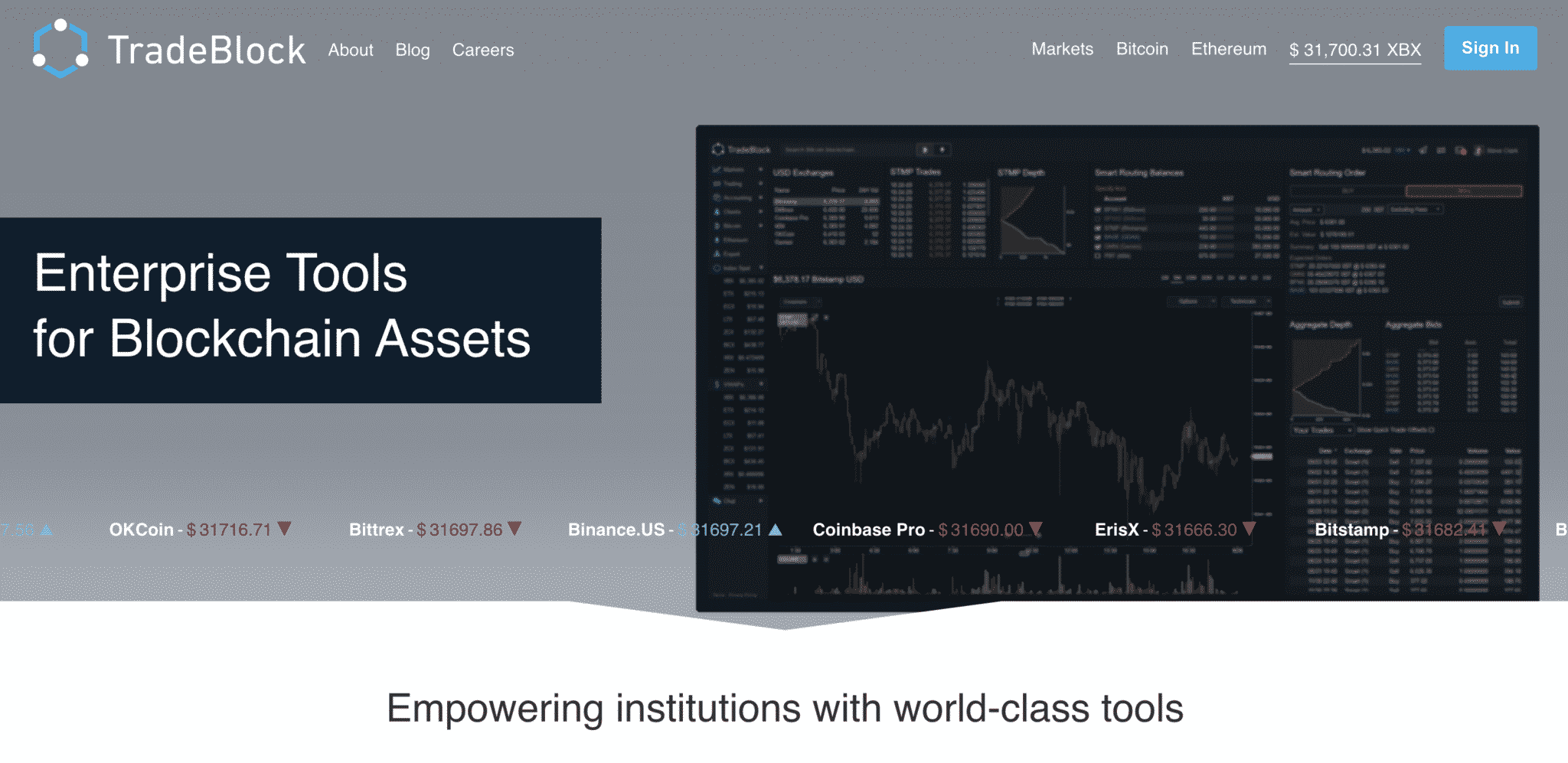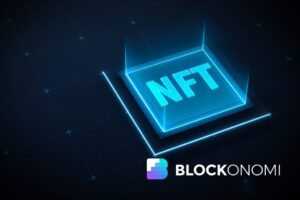A seasoned finance veteran with over two decades of financial product management and indexing experience, Jodie Gunzberg recently has joined CoinDesk to direct the product strategy of its industry-leading crypto indexes at TradeBlock.
Before joining CoinDesk, Jodie amassed an unparalleled resume that includes the recent roles of Chief Institutional Investment Strategist at Morgan Stanley and served as Head of the Graystone Investment Office that supports Graystone Consulting in matters of investment and product needs.
Jodie Gunzberg
Additionally, Jodie also bolsters seasoned index management experience by previously holding the roles of Head of U.S. Equities and Head of Commodities and Real Assets at the S&P Dow Jones Indices for eight years, where she was responsible for the product management of flagship indices including the S&P 500, DJIA and S&P GSCI. Her tasks included overarching index strategy, continued product development for growth opportunities, and educating market participants about benefits and risk.
Jodie advocates for cryptocurrency’s viability and role within the current financial system.
“[Crypto has] all the pillars I have seen in other new successful asset classes in my history,” says Jodie. “[It has] increased institutional adoption, regulatory clarity, product availability, familiar volatility patterns, and increases in liquidity and volume.”
Jodie’s new role at TradeBlock involves developing benchmarks and indexes consisting of digital assets like bitcoin and Ethereum.
“Indexing will be essential to the crypto ecosystem,” notes Jodie. “As the development of benchmarks and market indexes are going to shape the asset allocation, investable products, and the risk management of the industry.”
Today, Jodie joins John Sessa to discuss why she decided to leave one of the largest financial institutions in the world to join the crypto industry.
The following interview explores Jodi’s insights on cryptocurrency’s relationship with traditional assets, ramifications of expected inflation and near-zero interest rates, and the drivers of index performance and design.
When did you first start to have an interest in the cryptocurrency industry?
I first started to have a major interest in the cryptocurrency industry last year after the pandemic crash. When my clients at the time that were mostly institutional investors started asking about cryptocurrency and bitcoin, as they were seeking alternative assets to diversify their portfolios.
Did the interest in crypto of your institutional clients peak with the price boom of the last year?
Well, you can call it the boom or call it the pandemic crash of traditional assets. [When the market crashed from February to March] interest rates began moving towards zero and assets began to fall together.
When I say institutions, I mean generally investors that are worth 25 million or more such as ultra-high net worth, family offices, foundations, endowments, and pensions.
[These institutions] were looking for alternative assets mainly for diversification but of course also for income generation and inflation protection were on their minds given the state of the industry how the assets became correlated with each other, how inflation came to be a major concern, and how zero interest rates were impacting any potential ability to generate income.
As a lot of assets became overvalued, I think more and more investors started turning to ask about cryptocurrency. Pegging an exact time [of increased interest] is difficult, but I would say certainly the pandemic accelerated it.
As the result of the increased institutional interest from the pandemic, I began learning everything I could about cryptocurrency over the spring and summer of 2020. Morgan Stanley eventually approved our institutional clients to invest in crypto that fall.
What factors lead you to leave Morgan Stanley to work for CoinDesk?
As I started to learn more about cryptocurrency, I felt that I needed to be part of this industry’s growth. I was fascinated by the mission and the technology behind it.
I have a background in math, computer science, and statistics. And professionally, in indexing and alternatives. Indexing and alternatives have always been a major part of my career.
CoinDesk, especially after it acquired TradeBlock, seemed like the perfect place for me as an industry-leading crypto indexer to join.

TradeBlock- Blockchain Enterprise Tools
What is your biggest challenge since you began working in the cryptocurrency industry?
The biggest challenge is the steep learning curve. It’s a different way of thinking in terms of how some store of value is generated and what the blockchain is doing analogously to traditional finance.
The speed of the learning curve and the relationship of crypto to the traditional financial system has been the most challenging part, but it is also the most fun part. I think that’s what makes it interesting. The similarities and differences, learning about it, and teaching other people about what I learn.
It’s really a fun time. It’s fascinating. It’s something that I’m excited to wake up every day and learn something new about.
Johnny: The cryptocurrency industry is truly fast-paced. It seems like each morning brings something new. In just a matter of weeks, the market can look completely different than it previously did.
Jodie: It does. That’s a major part of what’s even great about being in finance, right? Because the markets teach you something new pretty much every day. No matter what we lived through in the past, history often rhymes but’s never quite exactly the same. So even when you think you have seen a lot, there’s always some surprise [that keeps it interesting].
What are your main responsibilities of being the managing director of CoinDesk Indexes?
My main responsibilities will be to set the strategy of the business around product management and act as the guide and liaison to build out the different departments required to effectively run an index business.
What we aim to do [at CoinDesk] is to be the leading index provider in the crypto space by providing indexes that are both benchmarks and market indexes that will serve as the underlying for index-linked products.
What is the biggest difference between managing CoinDesk Indexes rather than traditional finance indexes such as the SP500? Are certain indexes structured specifically for institutional investors or retail investors?
An index itself is not necessarily for a retail or institutional investor. It has to do with the products that license the indexes and what kind of products they are.
A lot of times we find that product differences come in something like ETFs or mutual funds, where that is very popular for retail investors. Meanwhile, for the institutional investor, you see more separate accounts or derivative products.
So, it’s the product providers that are licensing the indexes that determine the appropriateness for whether it’s for an institution or a retail investor. The other part of that equation is whether the asset itself is generally more appropriate for institutions or retail.
Institutions typically have different goals than retail investors. Retail investors might have a goal such as saving for college education or retirement. On the other hand, institutional goals may have something to do with asset-liability matching or a spending rate in an endowment or foundation. Institutions can also have a higher risk tolerance because of their wealth base and time horizon.
There are different (institutional) goals that often require alternatives like hedge funds, commodities, crypto, or global macro with unique features from various asset classes. These alternatives might be better suited for institutional investors just based on those goals, but there’s nothing about the indexes themselves that are different. The basis of the construction is the same. Also, the methodology or process is similar.
Some of the key differences of crypto might come from the decentralized data and exchange structure. So, the reference price consolidation looks a little more similar to the processes in fixed income or commodities rather than equities, which is a much more fluid and agreed upon pricing source coming from the exchange. Whereas you can get several different pricing sources for a bond or in the spot market of commodities.
Are there any specific challenges in building an index for cryptocurrencies such as low trade volume or liquidity for certain tokens?
Crypto indexes are just as accurate and fast as any other asset.
The larger, more liquid cryptos with higher volumes mirror what we see in all of the other assets. I mean think about equities in terms of size like large, mid, small, and micro caps. There are arguably more alpha opportunities in trading some of the less efficient markets.
Also like in bond trading, a lot of alpha can be generated just by the price differentials themselves in the bond indexes, especially the ones that are more market value outstanding weighted – that are the main ones – they are allocating more to higher debt issuers, which gives a lot of room for active management to outperform.
There are different ways to weight these indexes. It doesn’t have to be by market cap, volume, or liquidity. It could be by risk weight. There’s a lot of different ways to construct [indexes]. I don’t see cryptocurrency as any different from the other assets in terms of how the possibilities remain in index construction.
As Managing Director of CoinDesk Indexes, what is your future vision for the use of crypto indexes?
I am bullish in the long term as cryptocurrency accelerates the development of a better financial system. I think there are huge growth opportunities, so I am excited to be part of it.
I also think that this will accelerate the adoption of renewable energy as major energy companies are realizing the importance of their power for the miners as customers, so I think the future of crypto [indexes] is massive.
Lastly, crypto indexes will be the foundation for the asset class in determining allocations, then will serve as market indexes for an index-linked product that will give access to investors looking to fill various portfolio roles.
Can the average consumer or Bitcoin investor benefit from your indexes or are you indexes only use by institutional companies at this time?
Yes, any average consumer benefits from an index by probably one of two or three ways.
One is that they can learn from the index in an educational context. Indexes or reference prices [whether published in an article, online, or on TV] can be used to see if the market is up or down or as tools to learn its history. Indexes can certainly serve the purpose of that benchmark.
Consumers can also use indexes as benchmarks if they want to evaluate performance of their active managers or buy products linked to the underlying index that makes the index strategy accessible.
So yes, I believe there is a lot of relevance of the CoinDesk indexes to the average investor in crypto today.
CoinDesk has both single-asset and multi-asset asset indexes. What are major the differences between how the indexes are structured and used?
As the name indicates, the difference between the single-asset and multi-asset indexes is the number of assets included. So, you’ve got one asset for single asset indexes, and you got multi assets for indexes that have more than one asset.
The single-asset indexes are certainly used as market indicators and individual pieces in educational content in terms of how they mix with other assets. They are also used potentially in index-linked products where investors like to use those index-linked products for exposure to single assets very much like you might see somebody buy a gold or oil product.
As far as multi-asset indexes go, they’re more for baskets that represent the ”asset class”. They can be market-cap weighted; for instance, we have the CoinDesk Large Cap Index (DLCX) that has five different cryptocurrencies that include Bitcoin, Ethereum, Bitcoin Cash, Litecoin, and Chainlink. So, investors can use that for extra diversification if they want that. It can also serve as an asset class proxy in the asset allocation models.
Do you see more investors flocking to Bitcoin and other cryptocurrencies as a hedge against anticipated inflation?
Yes, I do. I would say [this movement towards Bitcoin] is similar but different in how investors flock towards real assets as inflation hedges. If you break down the components of CPI, energy is the most volatile component, which makes a very small allocation to energy an efficient inflation hedge. However, cryptocurrencies are not included in inflation but do use energy, so the cost of production can rise with inflation and slow down supply.
A similarity between cryptos and commodities is that they are both priced in dollars. So as the dollar falls, crypto and commodity prices – all else equal – are both boosted. This makes a really effective inflation hedge.
The other similarity is in scarcity. Replenishable commodities such as agricultural livestock are less potent than energy and metals as inflation hedges and given the fixed supply of Bitcoin, the characteristic is the same as the unreplenishables.
Many cryptocurrencies such as Bitcoin have a fixed supply of tokens that prevents long-term dilution of the asset by capping the total final amount of their supply. Do you believe that scarcity is a major reason for cryptocurrency to be used as an inflation hedge?
Scarcity is huge, and that’s in any asset. Fixed supply is an equation for price increases as demand rises. So that’s important, but the other piece, even where the supply isn’t fixed like in agriculture and livestock, is that anything priced in dollars, which crypto is, when the dollar falls that is beneficial to anything priced in dollars, all else equal.
Where do you think the future of the cryptocurrency industry is heading?
One of the big things about the future of cryptocurrency is how it will be incorporated into asset allocation because when you think about investments and adding assets, the question is always ”for what goal?”.
One way that I might think about cryptocurrency in terms of asset allocation would be to think about what exactly asset allocation is. Although not well defined, I think are at least two frameworks that are well accepted.
One framework is of the super asset classes, where we divide all the assets of the world into three major asset classes. One would be capital assets which generate income. Those are things like stocks, bonds, real estate, and infrastructure in that framework. The second asset class is called transformable or consumable. Those are assets like commodities. Finally, the third is the store of value assets. That’s where assets such as currencies or fine arts sit.
Sometimes assets can sit in more than one of these categories. Bitcoin is more like digital gold and can act as a store of value. Though, something like Ether might be considered to fill any one of these buckets. It depends on the application as to where the crypto will fit in a portfolio framework.
Alternatively, a more quantitative approach would be a framework of beta or market exposure that produces a return that’s not based on skill but may be defined by factors like financial markets, interest rates, volatility, or credit spreads. Cryptocurrency is clearly one of these uncorrelated pieces. I wouldn’t be surprised to see [portfolio] allocations somewhere between 1-5% for diversification under this quantitative framework using beta or market exposures.
As far, as the future vision goes, I think it all depends on the asset allocation frameworks.
It will be extremely interesting to see how traditional finance and wealth management companies decide to incorporate crypto into their investment strategies for different types of investors. As the industry becomes more mainstream, I’m excited to see the future development of the new crypto products.
I think there’s a huge opportunity here. Even for the development of the entire derivatives market, futures, options, swaps, the structured products and funds such as ETFs or ETNs, and insurance products. There’s a world of product development that is generated from indexes as the basis.
CoinCentral thanks Jodie Gunzberg for this interview and her insight.
The post Jodie Gunzberg, MD of CoinDesk Indexes, on the Future of Crypto Indexes appeared first on CoinCentral.






















